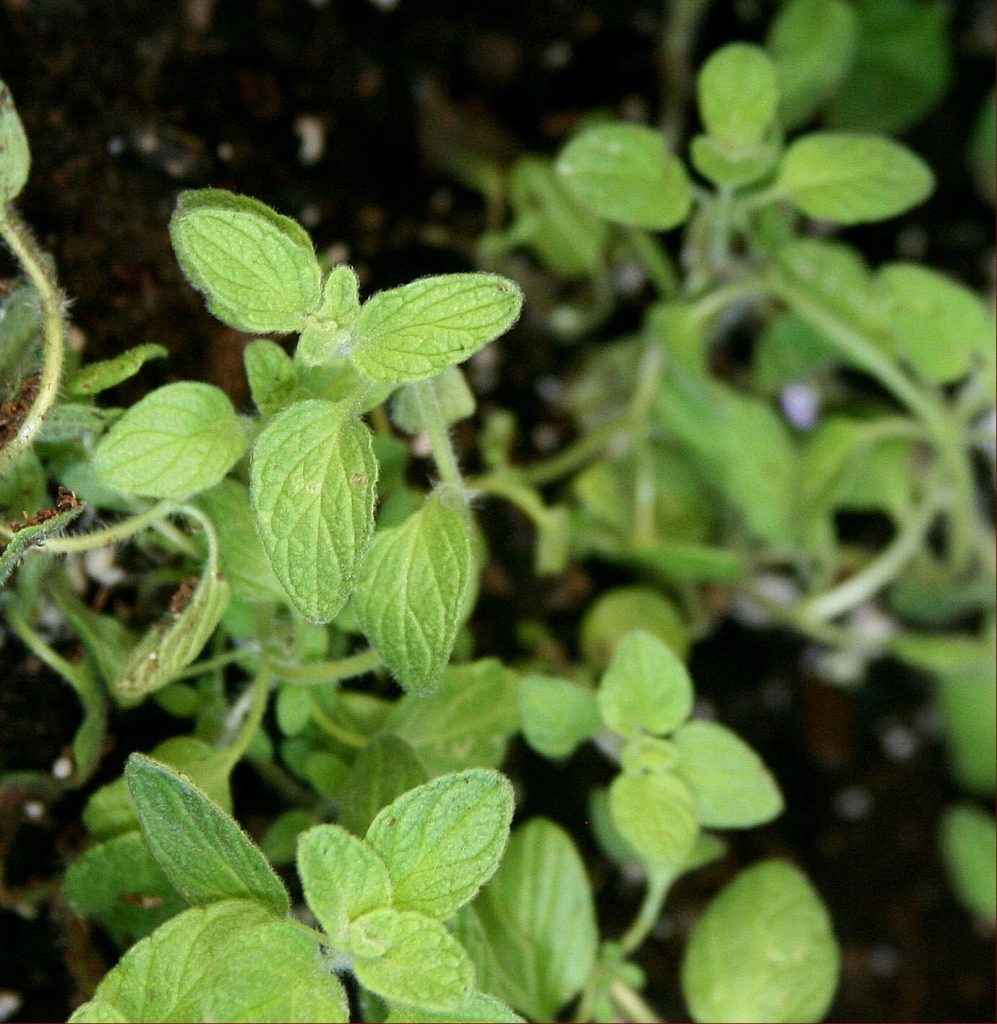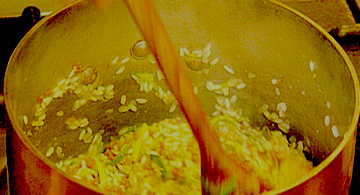
An aromatic perennial herb, Syrian Oregano is a very hardy plant growing up to 2 feet (61 cm) tall in the wild, and is referred to as Wild Mountain Herb. Frequently found along the mountain slopes of Syria, Lebanon, Turkey, Jordan, Northern Israel, and the Atlas Mountains of Morocco, it also grows well in forests, scrub land, rocky pastures, and plains. Now it is also cultivated for culinary use due to demand. It is known also as Syrian marjoram, Bible hyssop, Biblical hyssop, and Lebanese oregano. Origanum maru is the hybrid of Origanum Syriacum; both are associated with za’atar.
Traditions: Ancient ritual use for oregano, marjoram, oregano-like, and marjoram-like herbs throughout the Middle East is well documented. Hyssopus officinalis, the true hyssop referred to in the Bible, is native to southern Europe. Using the term “biblical or bible hyssop” can apply to the true hyssop or connote the herb used for the condiment za’atar. That herb is really part of the Family Lamaiceae, flowering plants that includes oregano, marjoram, basil, lavender, mint, rosemary, sage, and thyme.
Applications: Hyssopus officinalis is used as a medicinal and culinary herb. Apicius recommended including hyssop when making seasoned salt. It was advised to be a cure for various stomach and respiratory ailments. From Book III, On Right Pleasure and Good Health, Platina (1421-1481 A.D.) #44. On Hyssop. “Taken with fig, meal, honey, salt, and cumin, it helps the chest and stomach, taken alone, it is entirely opposite.” During the 19th-century, the Shakers recommended hyssop for asthma and chest diseases. They applied hyssop leaves to bruises to remove pain and discoloration. Made into an infusion, use it to reduce the inflammation of chronic bronchitis.
Syrian oregano, origanum maru, or bible hyssop, is an integral component of the condiment, za’atar. It is considered “brain food” in part because of the monoterpenoid phenol, carvacrol, found in the essential oil of oregano and thyme, both used in making this condiment. Carvacrol has antioxidant, antiseptic, and fungicide properties. Laboratory tests have shown increased blood flow to the brain, and increased then rapid reduction of pain. In continued testing, carvacrol has expedited cancer cell death for malignant brain tumors, and cancer of the breast, lung, mouth, and prostate while being non-toxic.
Culinary Uses: With its assertive aroma that is sweet, savory, and pungent with a menthol/camphor overtone, Syrian oregano is stronger than Greek or Sicilian oregano. Its flavor is reminiscent of a blend of oregano, mint, calamint or nepitella, and wild thyme, also known as serpillo or pepolino – all of which grow in Italy and other Mediterranean countries.
As one of the primary herbs in the za’atar composition, it flavors a wide range of ingredients including meats, poultry, seafood, most vegetables, chickpeas and other legumes, rice, seeds, and grains, mild cheese and dairy products, and bread.
A basic blend is composed of Syrian oregano, edible ground sumac, roasted sesame seeds, sea salt, and black pepper. Some cooks may add a small quantity of marjoram or thyme. If you have not tasted ground sumac, its aroma and taste is mildly tart, reminiscent of lemon.
Every region offers its own blend of flavors with many variations. For example, wild thyme and coriander is added for a Lebanese blend, one that balances the tartness of sumac with the nutty sesame seeds and delicate sweetness of coriander. This blend accents ingredients rather than overwhelms them.
Wild thyme, cumin, fennel, anise, and lemon salt are added for an Aleppo-Syrian blend. With its complex fruity-spicy character emphasizing cumin and sesame seeds, pair it with ingredients that are naturally assertive and hold their own.
An Israeli version consists of wild thyme, anise, coriander, cumin, chickpeas, sumac, and fenugreek. It is slightly sweet, with hints of spice, nuttiness from the sesame seeds, and a touch of heat. A green blend in color and flavor, it controls balance because it is mild and adapts well to ingredients’ natural characteristics.
* This synopsis imparts valuable information that could be beneficial as part of a wellness program. Its purpose is to open the thought process to consider including herbs and spices as natural supplements in personal regimens. Briefly stating how the plant was valued and used historically in different ages and cultures, it lists some current uses. If interested in this particular plant, please extend your research via books and articles for more details and uses.
With increasing interest for including alternative therapies with standard drug therapy, research continues, so this topic evolves continuously. Please consult your wholistic and holistic practitioners, homeopaths, nutritionists, dentists, and physicians to keep yourself updated if you choose to incorporate or ingest the plant in any form for medical purposes.








